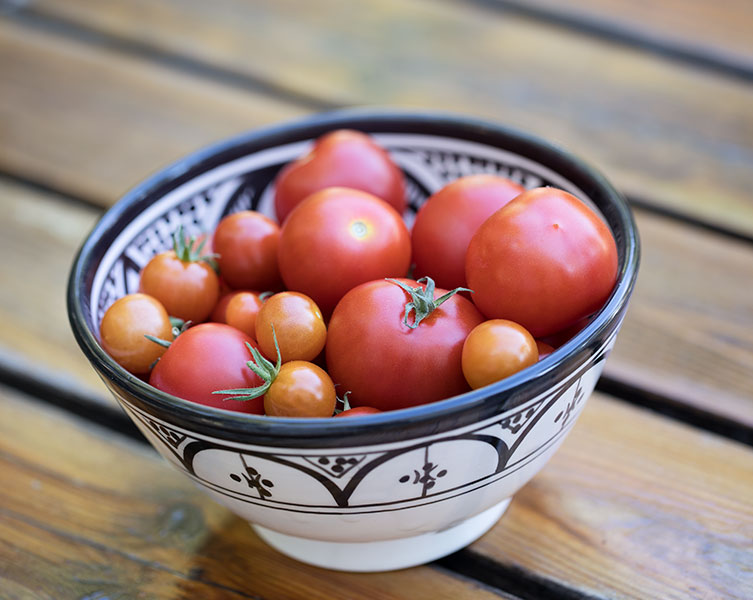Everybody has different bowel needs, and there are many ways to manage bowel issues. Transanal irrigation (TAI) is one method of bowel management which involves introducing water into your bowel to assist you in evacuating stool. There are different types of TAI, which can be split into high-volume and low-volume systems.
This article explores how you may use both high- and low-volume TAI in your daily life.
Types of TAI: high and low-volume
High-volume TAI provides a deep irrigation and can help you to remove stool from the rectum and parts of the colon1. As more water is introduced into the colon and more stool can be irrigated with this form of TAI, the process can often take up to half an hour to complete.
However, once you are finished with your irrigation, high-volume TAI can help you to remain continent for up to two days2.
Low-volume TAI delivers a smaller volume of water to the bowel and generally help to remove stool from the rectum alone3.
Using both high and low-volume TAI in your daily life
As these two different types of TAI system deliver different results, it may be possible for you to use both effectively to help you manage your bowel issues.
Low-volume systems are often smaller and more portable, meaning that you may not restricted to irrigating at home. You may find if you routinely perform high-volume irrigations at home, a low-volume system could also be carried with you for use when you go out.

When may I use low-volume TAI to supplement my bowel management routine?
Peristeen® Light is a solution that has been designed to fit easily into everyday life. You may choose to make use of low-volume TAI alongside high-volume irrigations when:
- You are away from home (e.g., out with friends, at work, or other events)
- Travelling (or other times when your high-volume TAI routine may be knocked out of sync)

Key takeaways:
- High and low volume irrigation systems may complement each other in your daily life
- They can be used for different purposes
- High volume TAI can evacuate stool from the rectum and some parts of the colon, whilst low-volume TAI evacuates stool only from the rectum3
- You cannot substitute high-volume irrigations for low-volume irrigations
It is always important to follow your prescribed bowel treatment and you can only use these devices after agreement with and training from a healthcare professional.
- Christensen P, Bazzocchi G, Coggrave M, et al. A Randomized, Controlled Trial of Transanal Irrigation Versus Conservative Bowel Management in Spinal Cord-Injured Patients. Gastroenterology. 2006;131:738–747.
- Emmanuel AV, Krogh K, Bazzocchi G, et al. Consensus review of best practice of transanal irrigation in adults. Spinal Cord. 2013;51:732–738.
- Magnuson FS, Christensen P, Krassioukov A, et al. Neurogenic Bowel Dysfunction in Patients with Spinal Cord Injury and Multiple Sclerosis—An Updated and Simplified Treatment Algorithm. Journal of Clinical Medicine. 2023;12(6971).



